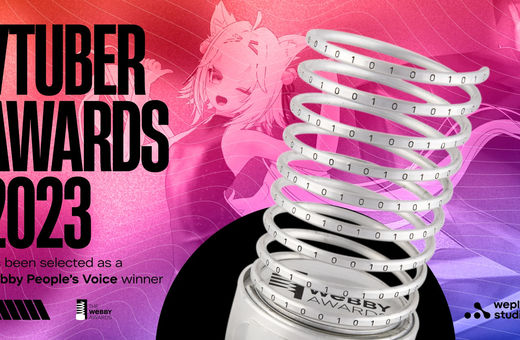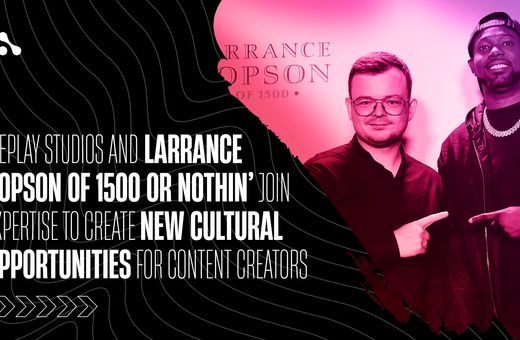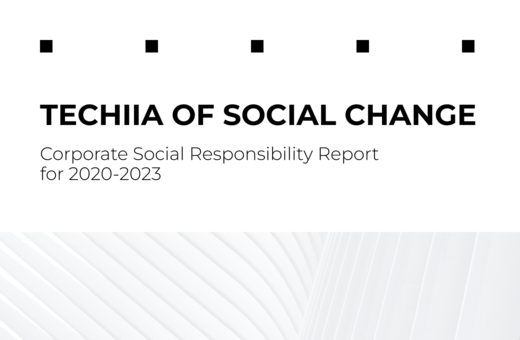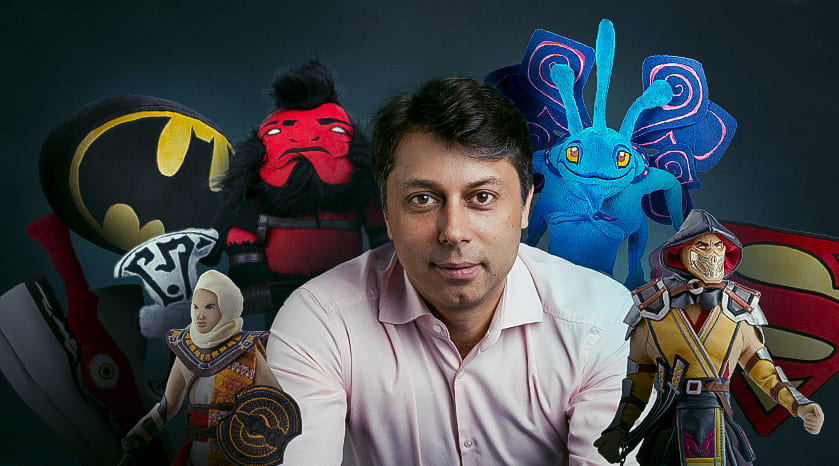
Yuri Antoshkin, the Managing Partner of FS Holding and WP Merchandise! and TECHIIA’s Representative Director.
WP Merchandise! is part of the TECHIIA holding. It is a Kyiv-based company that manufactures complex licensed toys based on games and comic books. For 7 years of work, it has released many series of products based on Dota 2, Assassin's Creed, Mortal Kombat, and other popular universes. In a column for AIN.UA, Yuri Antoshkin, the company's Managing Partner, talks about the responsibility of the manufacturer and why licensed products cannot be cheap.
In our memory, there is probably an episode when we looked at a real licensed toy or T-shirt related to Dota 2 or Star Wars and thought about whether this souvenir is really worth that much. Especially when there is a non-proprietary, but seemingly quite suitable, cheaper alternative in the nearest market.
As a consumer, I myself am constantly confronted with this choice. And as an industry representative, I know what it's like to create a toy under Warner Bros. or Bandai Namco license. And it's not just about choosing fabrics and paying royalties.
Let me invite you to take a walk through the "memory pool" of a typical WP Merchandise! toy. From this column you will learn the following:
- the journey of a licensed merch from an idea to the store window;
- what are the requirements of the copyright holder for the manufacturing partner;
- why a global company cares about the well-being of Ukrainian seamstresses;
- what is the reputational business in the American way;
- what will never happen to the consumer of the licensed product?
An Experiment Gone Right
Almost ten years ago, the tournament operator (and now an esports media holding) WePlay Esports held a Dota 2 tournament. One of our director’s wife, a fashion designer by training, offered to boos the ticket sales by giving each customer a plush figure of a game courier delivering various items to the game characters... She sewed the master model herself.
The idea worked. Tournament participants and vendors reacted positively to souvenirs. Vendors even offered us to pay royalties and earn full money on the production of toys.
About how we slowly got from the experiment to a modern factory in Kyiv, you will learn from another story. Today I will tell you about the manufacture of our products and their stages.
1. Obtaining Permission From A Licensor
At the outset, we offer the copyright holder to produce a toy based on its game or cinematic universe and agree on the terms. The copyright holder of a major franchise, whether it is Valve, Warner Bros., or Ubisoft, provides potential partners with the following requirements:
- a good reputation - the company must operate for at least 5 years without being involved in any scandal;
- availability of production facilities and the distribution network;
- the ability to provide a complete product lifecycle: design, production, packaging, logistics, service, warranty, promotion.
Even now, when it is no longer necessary to prove and convince, negotiations take a lot of time. We learn the country (or countries) we want to enter, characters that are in demand, competitors. We consider whether we can recoup the expected royalties.
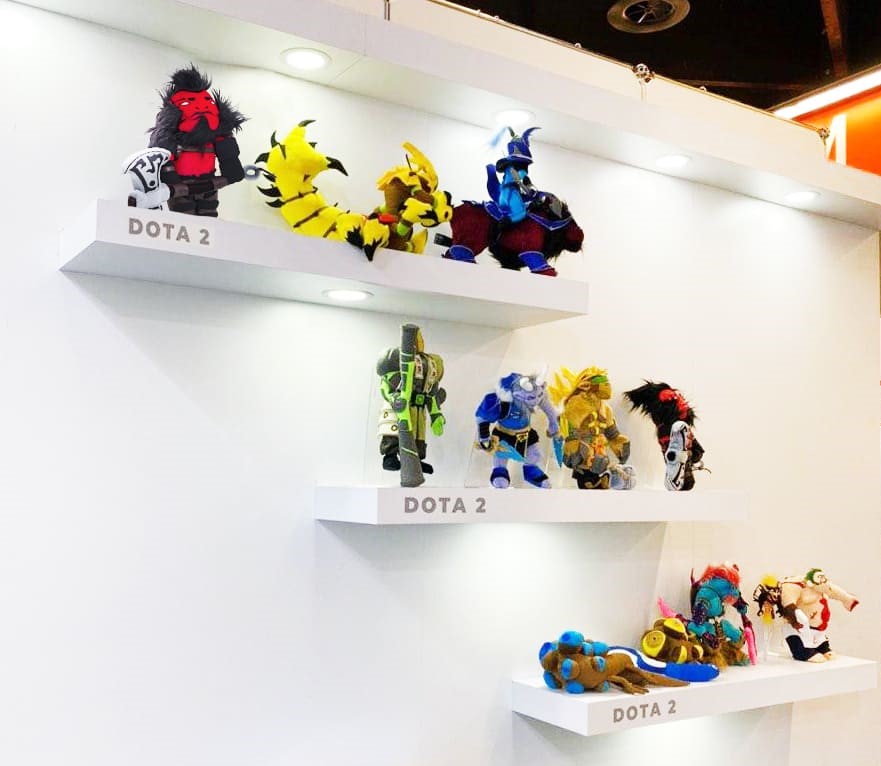
The licensor, in turn, analyzes us, whether we have a good product, whether we have enough resources and expertise to fulfill our obligations.
For a brand, the choice of production partners is an extremely cautious business. That’s why it draws a sales matrix for its merchandise.
For example, a large company understands that the market has a multi-million fanbase and dozens of people who want to make T-shirts for them. It seems that you can just make them all compete with each other and earn more - the end of the story.
But no. The rightsholder enters into an agreement with only a few manufacturers, provided that they do not directly compete strongly with each other, and their "spheres of influence" will be divided by territories or product range.
That is, the copyright holder does not build its partner network in order to get the maximum benefit in terms of money by selling it to everyone. The copyright holder oversees the building of the brand and the reputation of the parties so that the work benefits everyone and does not create unnecessary intra-license competition.
From our practice for some licenses, we, for example, cannot get the "Plush products" category. WP Merchandise! is in the Warner Bros. premium line and one of the few “plush” Ubisoft partners. But other licensors already have such partners. Therefore, they do not give us permission, there is another manufacturer in this category.
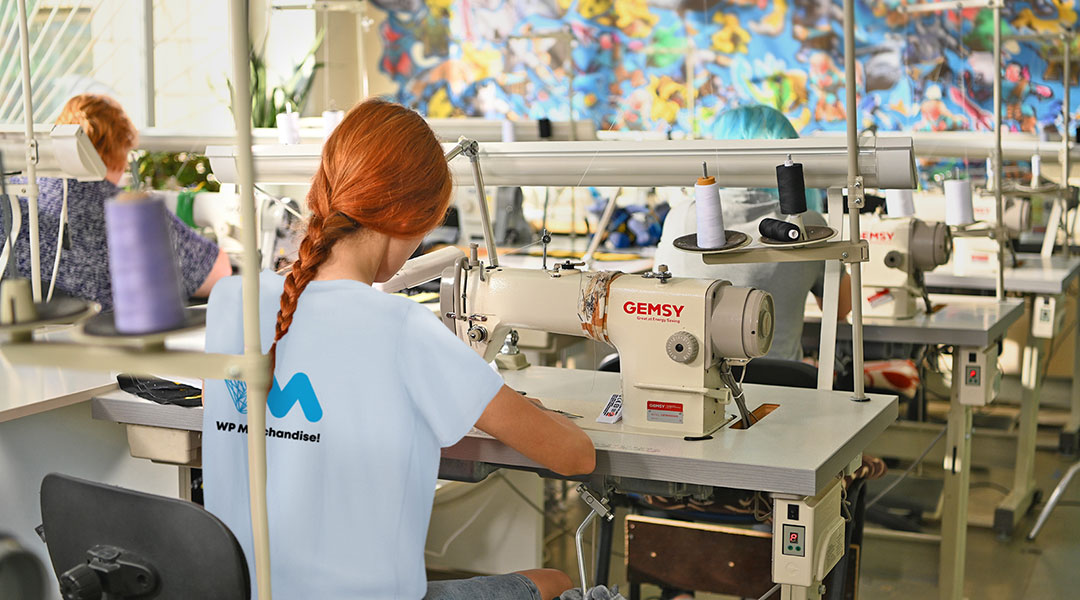
In a case when the distributor wants to “open the market” for a new manufacturing partner, the last one must obtain permission from the copyright holder (for example, Disney) to sell this particular group of products to this particular partner only for a specific territory. Just agreeing is not an option.
It is very difficult for a startup company without a history to obtain its first licenses. We were aware of it, so we pulled out our joker card - ready-made prototypes. Nobody in the world has made plush figures with such detail, and the wow effect helped us. Despite this, each of the first three agreements took at least a year.
Now it takes only 3-6 months and we are ready to start doing sketches.
2. The Golden Sample
After all agreements with the copyright holder are signed, we proceed to the design part. Our goal is the Golden Sample - the final model of the toy, which will be sold on the market.
Artists draw a sketch taking into account the requirements: size, type, level of detail, availability of embroidery or printing, the future price. We are creative, but we definitely rely on the official guides from the copyright holder, in which the characters are described in detail.
The finished sketch is being sent to the Head of R&D to confirm that all the parts can be produced in plush. Then the licensor looks at the sketch. It can approve it right away or can provide us with suggestions - for example, add some kind of costume detail to make the plush figure more similar to the screen reference, and so on until the final approval is received.
The approved sketch goes to the designers and assemblers. A creative and technical tandem creates patterns, draws embroidery, if there is any, creates a sample for the production. It takes about 7-8 versions to come up with the perfect one.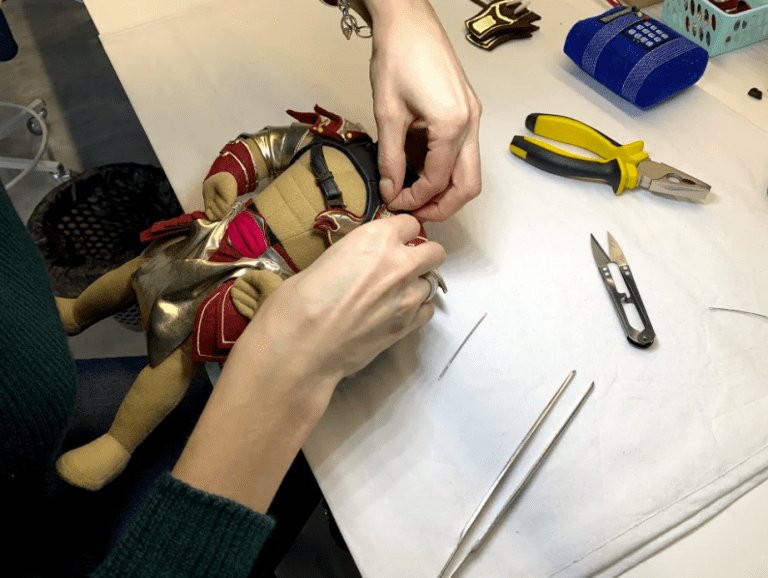
We sew 2 master models according to the sample. One stays in the R&D department, the second goes to the copyright holder's office for approval or new edits. That’s why our toys travel more than the entire WP Merchandise! Team combined. We make every edit and send the toy for approval again. And only when the partner is satisfied with everything, the model turns into the Golden Sample, on the basis of which the whole batch will be sewn.
This entire process takes 2 to 6 months.
3. The Production
Technologists analyze each figure, evaluate it in detail, prepare samples for laser machines and do a number of other prep procedures. Large rolls of fabric are cut, depending on the toy, parts can be embroidered, printed, after which the parts are assembled and stitched together. Then the decorators take the stage - they stuff the figure, dress it up, add accessories.
Each copy undergoes quality control at every stage.
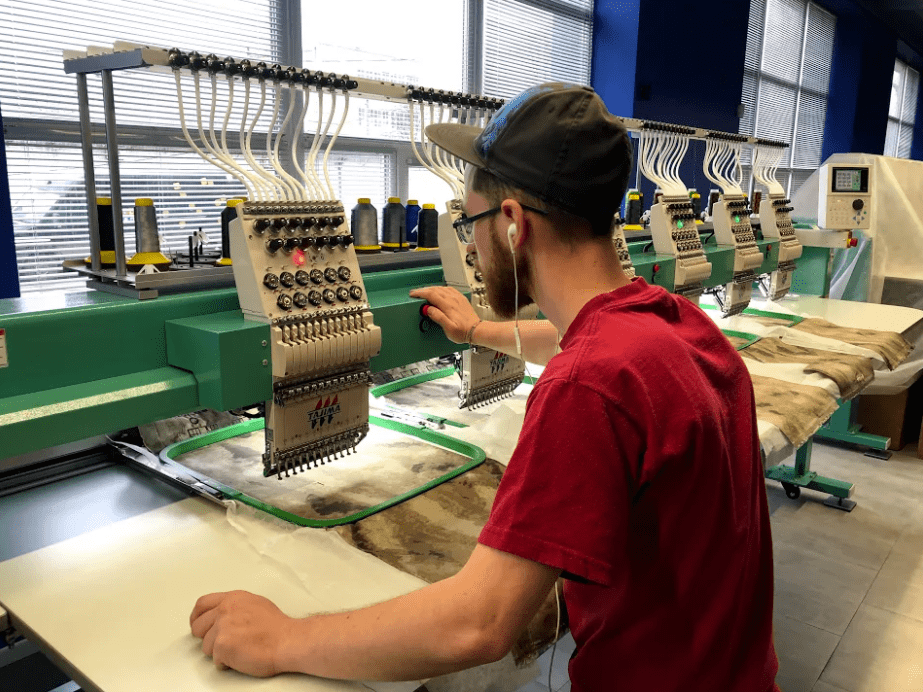
We go through the entire cycle from the first sketches to the finished toy in a box in six months on average.
On how the working conditions of the seamstress affect the copyright holder
Now that we have surfaced from the "memory pool", I will talk about something that is not always obvious, but definitely important.
By signing a contract with a global brand, the manufacturer undertakes, first of all, reputational obligations.
This means that product safety is a must. After all, no one wants to be sued or to be given a bad press. The copyright holder does not impose anything on us, we ourselves choose threads, plush, accessories. But quality is also our responsibility. Before using, we test samples of materials from suppliers, check their quality certificates, which we provide to the copyright holder.
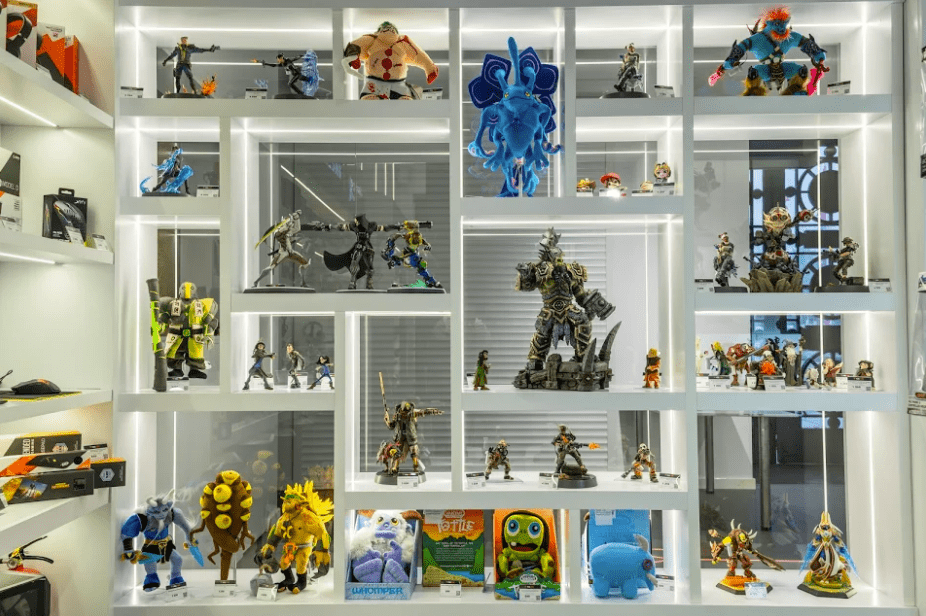
For ready-made products, we receive a European CE certificate - it says that the toys meet the safety requirements for the environment and the consumer:
- none of the buyers will get any allergies after tactile interaction with the figure;
- no infection diseases to be caused by a toy whatsoever;
- our toys are completely safe for pets.
And last but not least
Large companies have multi-million audiences. If suddenly the information that some of their partners use child labor, violates local legislation, forces employees to work in damp basements (which often happens in the gray market) appears, this will result in a huge scandal. And the reputational damage results in serious financial losses.
Therefore, the licensor makes sure that the people who make its products are protected. The factory is with good air conditioning and lighting. The staff has standard working hours. A legal salary and social guarantees under the Labor Law.
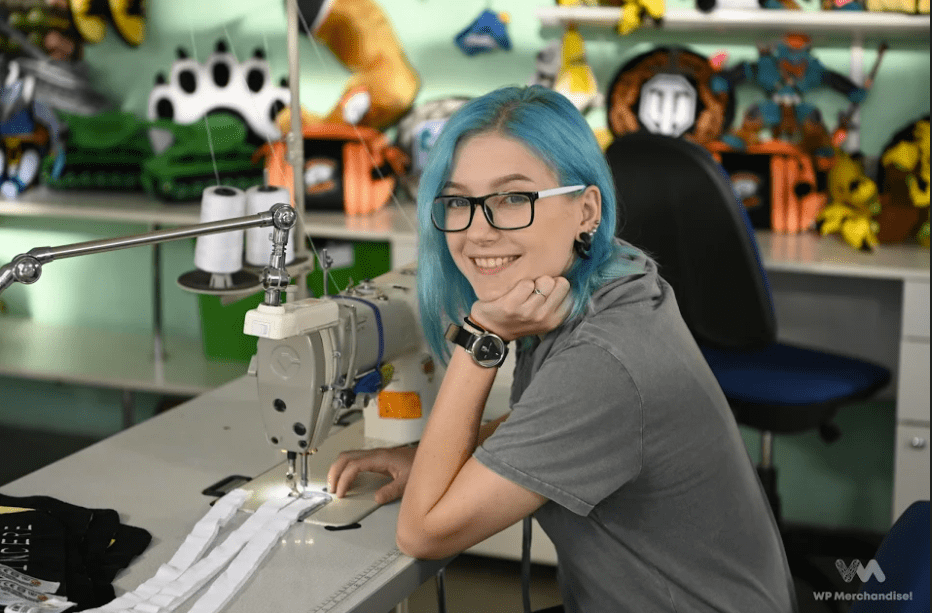
In our part of the planet, this may seem like a utopia. But if even one civilized rule is violated, we will lose the opportunity to work with the copyright holder. And it is also possible that not only the company but also the whole country will become the "red" zone.
Join your favorite universe
We've been to the branded products backstage. As you understand, unofficial manufacturers do not care about all of the above. Their product may be similar and even well made, but the details and processes will be completely different.
I hope I was able to explain the feeling of pleasure when, for example, you look at a real and not cheap Lego toy or a licensed Mortal Kombat figure. Now, holding them in your hands, you know a lot at once:
- the product is made according to the official guides and approved by the copyright holder
- part of the payment will go to the creators of the universe, which brings you a lot of excitement
- people who created the toy work in a warm and bright room, they are protected and have a clear schedule
- everyone involved in the process is doing a transparent business
- materials are safe and prooved by quality certificates
- all necessary taxes have been paid
As you can see one can draw similar sketches, replicate, fake small details. But the excitement cannot be faked.
Original article on
